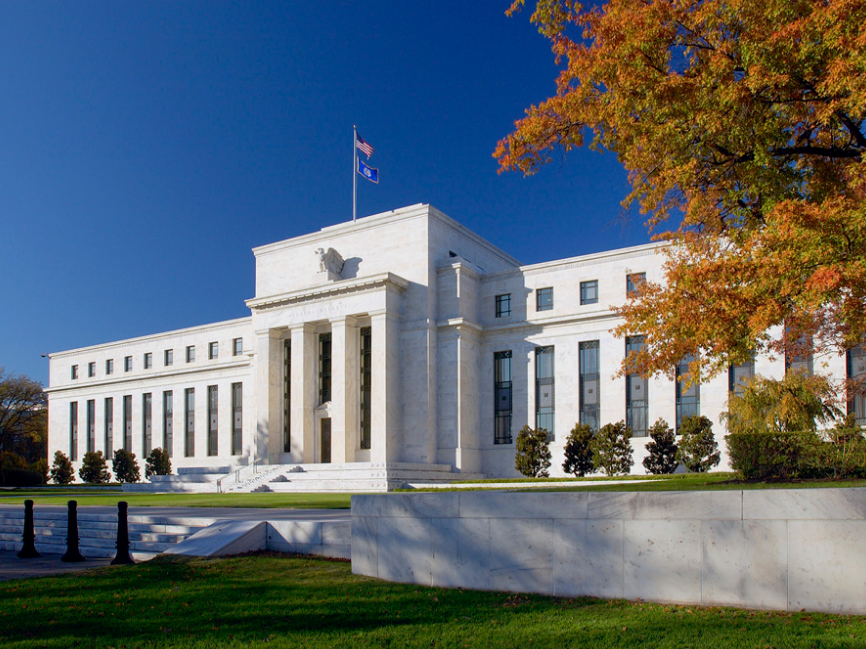The Federal Reserve this afternoon announced a cut in interest rates of one-half percentage point, higher than the previously anticipated rate cut of one-quarter percent. In a statement, the Fed said:

“Recent indicators suggest that economic activity has continued to expand at a solid pace. Job gains have slowed, and the unemployment rate has moved up but remains low. Inflation has made further progress toward the Committee’s 2 percent objective but remains somewhat elevated.
“The Committee seeks to achieve maximum employment and inflation at the rate of 2 percent over the longer run. The Committee has gained greater confidence that inflation is moving sustainably toward 2 percent, and judges that the risks to achieving its employment and inflation goals are roughly in balance. The economic outlook is uncertain, and the Committee is attentive to the risks to both sides of its dual mandate.
“In light of the progress on inflation and the balance of risks, the Committee decided to lower the target range for the federal funds rate by 1/2 percentage point to 4-3/4 to 5 percent.”
The vote by members of the Federal Open Market Committee for the half-point cut was not unanimous. Voting for the monetary policy action were Jerome H. Powell, Chair; John C. Williams, Vice Chair; Thomas I. Barkin; Michael S. Barr; Raphael W. Bostic; Lisa D. Cook; Mary C. Daly; Beth M. Hammack; Philip N. Jefferson; Adriana D. Kugler; and Christopher J. Waller. Voting against this action was Michelle W. Bowman, who preferred to lower the target range for the federal funds rate by one-quarter percentage point at this meeting.
Lawrence Yun, who is the chief economist for the National Association of Realtors, says that the housing market had anticipated the Fed’s move and believes the impact on mortgage rates will be minimal, at least for now. He also said that but today’s cut sets the stage for additional cuts.
“The Fed’s half-point rate cut decision is the beginning of six to eight rounds of further rate cuts well into 2025. The very next cut will occur after the presidential election. The justification is cooling inflation in recent months and lighter job gains. Mortgage rates have already anticipated the Fed’s likely path,” Yun said. “That is why the 30-year rate has fallen by 150 basis points from early in the year to today. Any further decline in mortgage rates will be minimal. The Fed does not directly control mortgage rates, and the federal budget deficit is huge. Future Fed rate cuts are not only anticipated but will not be as impactful because large federal borrowing will leave less capital available for mortgage lending. Due to the already low mortgage rates compared to spring, the purchasing power for home buyers has been lifted by around $50,000 for those with a $2,000 monthly mortgage payment budget. Consumers who were priced out due to earlier higher mortgage rates could now be back in the market.”


















